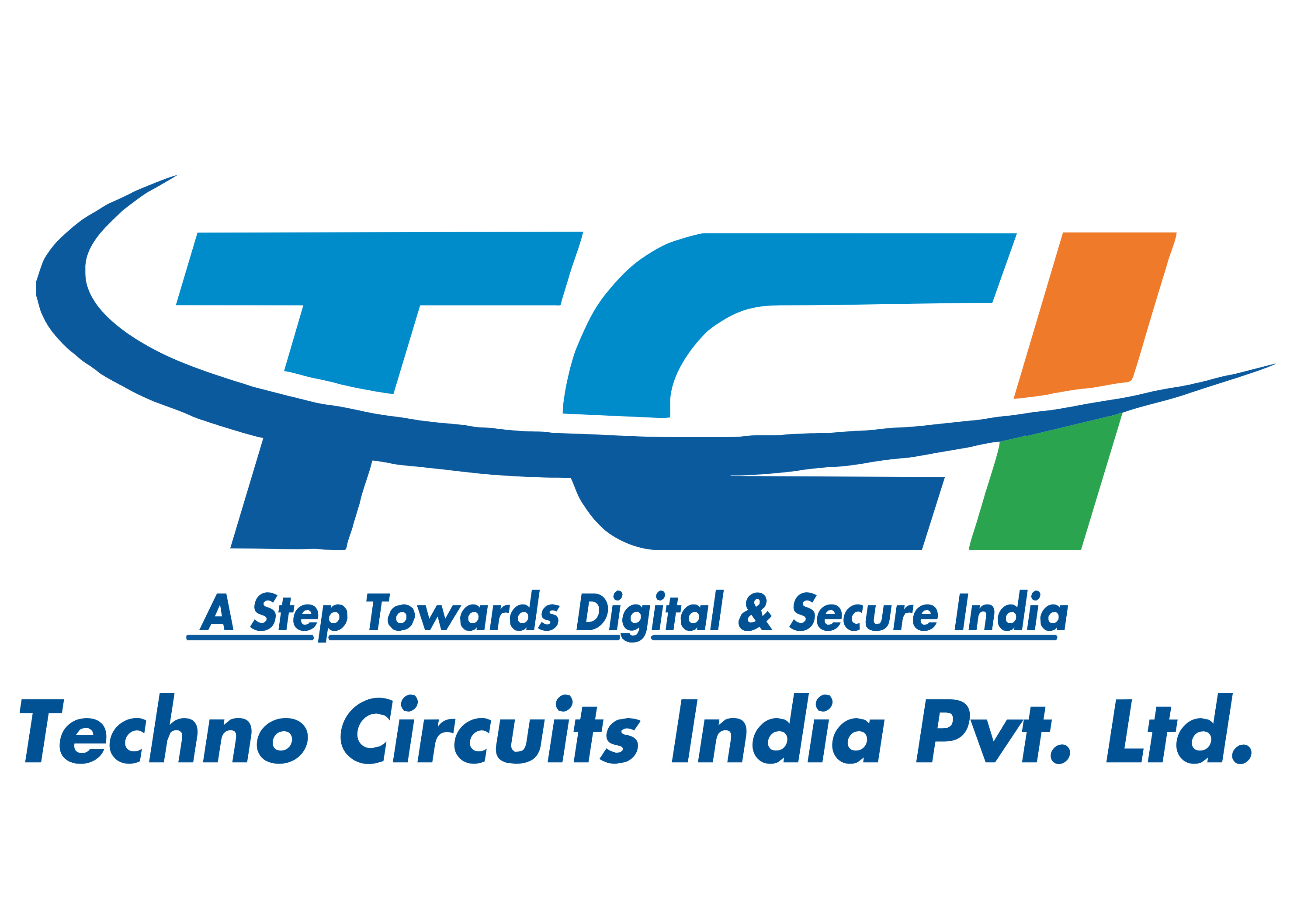Enhance Security with Modern Access Control Systems
- Abhay Sonawane

- Jul 19
- 4 min read
In today's fast-paced world, ensuring security is more crucial than ever. Various advancements in technology have led to the development of modern access solutions that provide enhanced security for both residential and commercial properties. These systems not only help to protect against unauthorized access but also offer users greater control and flexibility in managing entry points. In this blog post, we will explore the benefits of modern access control solutions, the different technology options available, and best practices for implementation.
Modern Access Solutions
Modern access solutions have revolutionized the way we think about security. Traditional key and lock systems are quickly becoming obsolete. New technology has introduced smarter, more efficient means of controlling who enters and exits a facility. These solutions often include biometric scanners, smart cards, and mobile phone integrations, among other tools.

For instance, biometric access control systems use fingerprints or facial recognition to grant access. These systems are highly secure as they rely on unique personal identifiers that are difficult to replicate. The convenience of not needing physical keys or cards also adds an extra layer of usability. As per a recent report, the biometric access control market is expected to grow by 14% annually, highlighting the increasing demand for such technologies.
Moreover, mobile access control systems allow users to open doors with their smartphones. This tech not only enhances security but also significantly improves user experience, making access seamless and easy.
Key Benefits of Modern Access Solutions
The adoption of modern access solutions brings numerous benefits that enhance security. Here are some key advantages:
Improved Security: Utilizing advanced technology such as encryption for smart cards or biometrics results in significantly higher security levels compared to traditional locks.
Convenience: Modern systems typically offer the flexibility of not carrying physical keys or cards. Many users now prefer having access through their smartphones.
Audit Trails: Many systems maintain detailed logs of who accessed a particular area and when. This data can prove invaluable for security audits.
Remote Access Management: Administrators can manage access from anywhere, allowing for immediate updates or access denials even if they are away from the property.
Integration with Security Systems: Many new access solutions can integrate seamlessly with other security measures, such as CCTV systems and alarm monitoring, creating a comprehensive security framework.

What are the 5 D's of Access Control?
Understanding the framework of access control can enhance how you think about security in various environments. The 5 D's of access control are critical principles that guide the implementation of effective security measures.
Deterrence: This involves measures that discourage unauthorized access, such as signage stating the area is protected or visible security devices.
Detection: This refers to systems that identify unauthorized access attempts. Examples include surveillance cameras and alarm systems that notify personnel of breaches.
Delay: Creating time barriers slows down unauthorized intrusions. Secure locks, reinforced doors, and security gates are common methods to delay unauthorized access.
Denial: This principle ensures that access is denied to unauthorized individuals. Modern access control systems excel in this area, leveraging tech like biometrics for strong denial methods.
Documentation: Keeping records of who accessed a location helps in auditing and investigating incidents. Modern systems generally maintain comprehensive logs for easy reference.
Implementing these principles in a layered approach maximizes security effectiveness. As a best practice, businesses and property owners should regularly evaluate and update their access control strategies to adapt to changing security needs.
Choosing the Right Access Control System
When selecting a modern access control system, it is essential to consider a few factors. The choice ultimately depends on your specific needs and the environment you are protecting. Here are the aspects to keep in mind:
Type of Property: Whether it’s a residential building, corporate office, or a manufacturing plant, the type of property will influence your security needs.
Scalability: Choose a system that can grow with your needs. As your business expands, your access control system should be able to accommodate more users and access points.
Integration Capabilities: Ensure the system can seamlessly integrate with existing security technologies. Compatibility with surveillance equipment and alarm systems can enhance overall security.
User-Friendliness: The system should be easy to both use and manage. Complex systems can lead to user frustration and reduced efficiency.
Support and Maintenance: Opt for a provider that offers comprehensive support. A reliable vendor can assist with installation, ongoing maintenance, and troubleshooting.

Best Practices for Implementation
Once a suitable access control system has been chosen, it's essential to implement it effectively. Here are a few best practices:
Conduct a Security Assessment: Before implementation, assess your security needs thoroughly. Identify all potential entry points and evaluate risks.
Train Staff and Users: Make sure everyone who will use the access system understands how it works. Regular training sessions can help maintain security awareness.
Regularly Update Access Permissions: Access rights should not remain static. Regularly review and update permissions, especially when personnel change within an organization.
Monitor and Review Logs: Actively monitoring access logs can help identify any suspicious activity and enable quick response to potential security threats.
Maintain Equipment: Proper maintenance of hardware is crucial. Regular checks ensure that all components of the security system function optimally without any malfunctions.
In conclusion, modern access solutions significantly enhance security for various environments. From the flexibility of mobile access to the robust security measures of biometric systems, the options are more diverse than ever. By understanding the 5 D's of access control, selecting the right system, and implementing best practices, individuals and organizations can foster a secure environment that protects against unauthorized access. Embrace the technology of modern access control systems and take a proactive approach to security.




Comments